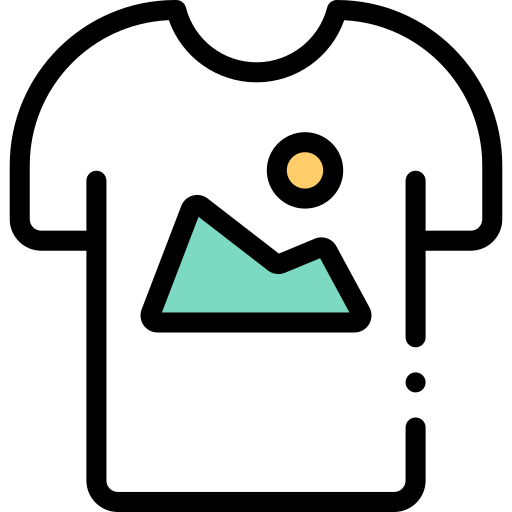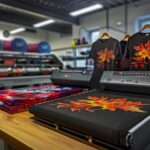Have you ever dreamed of creating custom t-shirts, hoodies, or tote bags with stunning designs? DTF (direct-to-film) printing might be the answer you've been searching for! This innovative technique allows you to transfer intricate graphics onto various fabrics, breathing life into your creative vision.
But what exactly is DTF printing, and how does it work? This guide will break down the process step-by-step, answer all your burning questions, and showcase the benefits of DTF printing for businesses and hobbyists.
What is DTF printing?
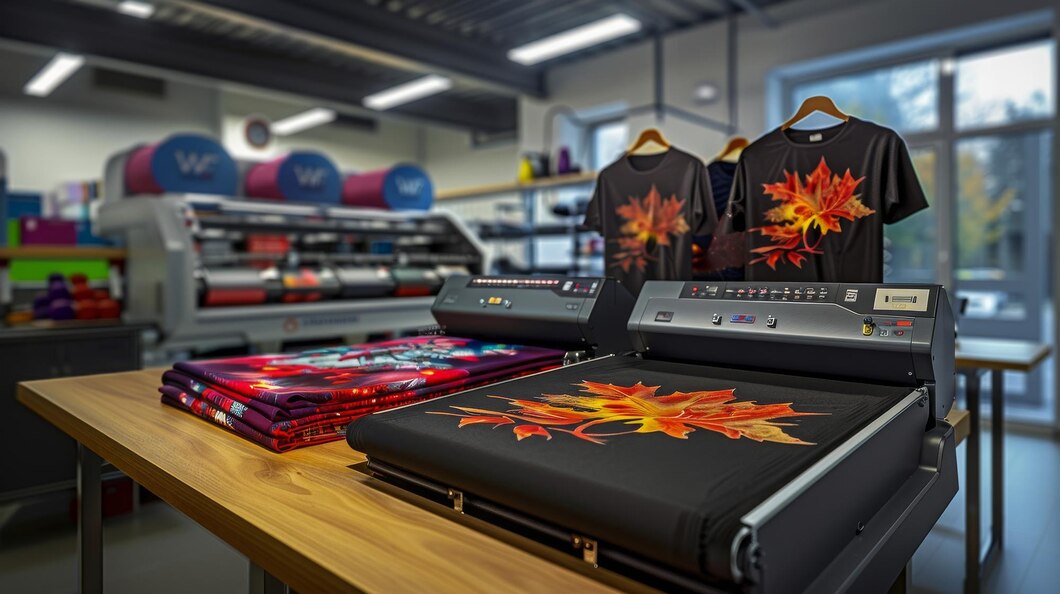

Finally, a heat press is used to activate the adhesive and permanently transfer the design onto the garment.
How does DTF printing work?
- Design Creation: You create your design using design software like Photoshop or Illustrator, ensuring a high-resolution file for optimal print quality.
3. Hot Melt Adhesive Application: The printed film is dusted with hot melt adhesive powder, ensuring even coverage for complete design adhesion.
4. Curing the Design: The powdered film undergoes a heat press treatment to activate the adhesive properties and set the design in place.
5. Fabric Prepping: The garment is pre-heated in a heat press to remove any moisture that might hinder the transfer process.
6. Heat Transfer: The cured film with your design is positioned on the prepped fabric. The heat press is used again with specific heat and pressure settings to permanently transfer the design.
7. Peeling and Post-Pressing: The film is carefully peeled away to reveal your design on the fabric. For extra durability, the printed garment might receive a final heat press.
Pros and cons of DTF printing?


| Pros of DTF Printing | Cons of DTF Printing |
|---|---|
| High-Quality Results: DTF printing delivers vibrant colors, crisp details, and a smooth, flexible finish on various fabrics. | Set-Up Costs: Starting your own DTF printing setup can be expensive compared to screen printing, especially for larger volumes. |
| Versatility: DTF printing works on a wider range of fabrics compared to some methods, including cotton, polyester, blends, and even some synthetics. | Not Ideal for Large Quantities: Screen printing might be more cost-effective for high-volume printing runs. |
| Small Batch Printing: DTF printing excels for smaller printing runs, making it ideal for creating custom t-shirts, phone cases, or limited edition products. | Potential for Color Shift: The white underbase used in DTF printing can slightly affect the final color compared to the original design. |
| Faster Turnaround Times: Unlike screen printing, DTF printing doesn't require creating screens for each color, leading to quicker production times. | Environmental Impact: DTF printing uses additional materials like film and adhesive powder, raising some environmental concerns. |
| Durability: With proper care, DTF prints can withstand washing and wear and tear for a decent amount of time. |


Start selling custom products online with Printfuse.
Create a snapstore and sell products instantly!
Is DTF printing good quality?
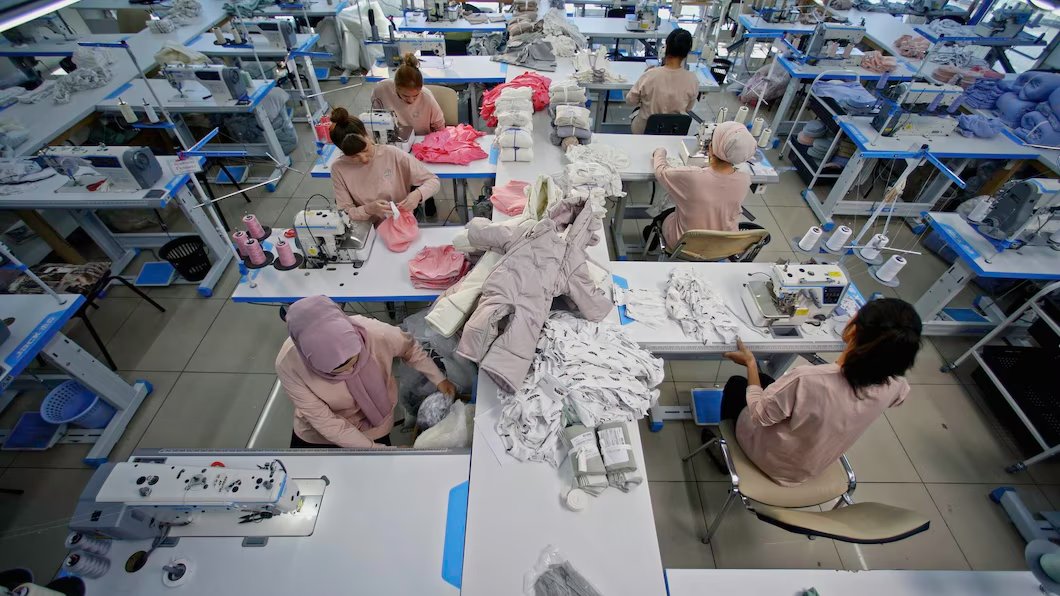

- Vibrant Colors and Crisp Details: Direct to Film printing utilizes pigmented inks that deliver a wide color gamut, ensuring your designs come alive with vivid colors and sharp details. This makes it perfect for capturing intricate artwork, photographs, or logos.
- Durable and Wash-resistant: The transferred designs boast good durability and can withstand washing without significant fading or cracking. Always follow the recommended care instructions for optimal results.
- Smooth and Flexible Finish: While there's a slight initial difference in feel compared to the fabric itself, DTF prints generally have a smooth and flexible finish that drapes comfortably on garments.
What is DTF printing on shirts?
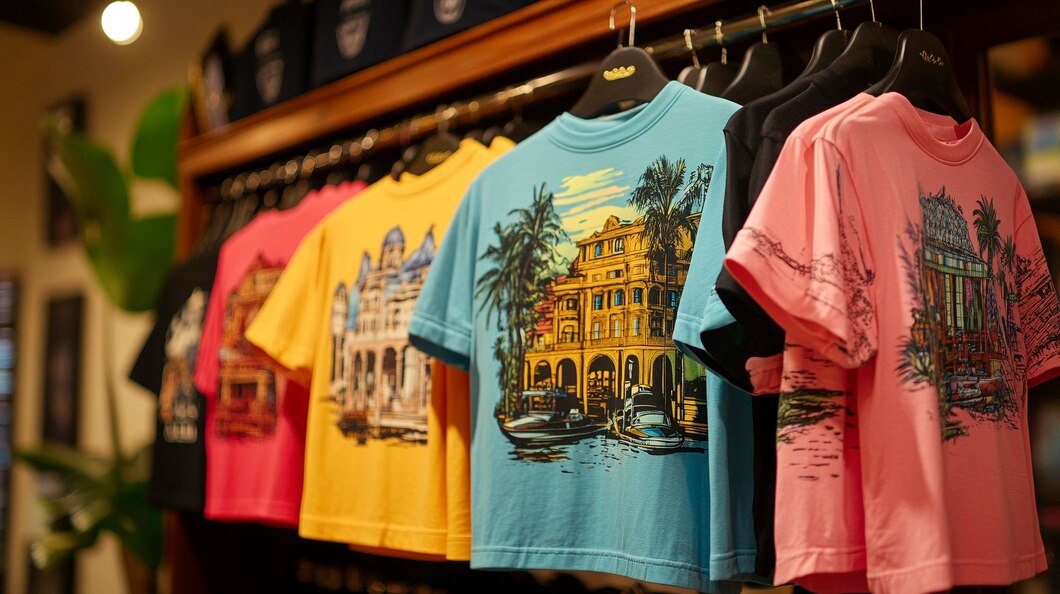

- <br?
- Versatility: Direct to film printing works on various fabrics, including cotton, a common material for t-shirts. This opens doors to creating custom t-shirts for personal wear, promotional events, or merchandise.
- Small Batch Printing: This printing is well-suited for smaller printing runs, making it ideal for creating unique t-shirts for birthdays, team outings, or limited edition designs.
- High-Quality Results: As mentioned earlier, this printing delivers vibrant colors and crisp details, ensuring your t-shirt designs truly stand out.
How to make DTF prints brighter?
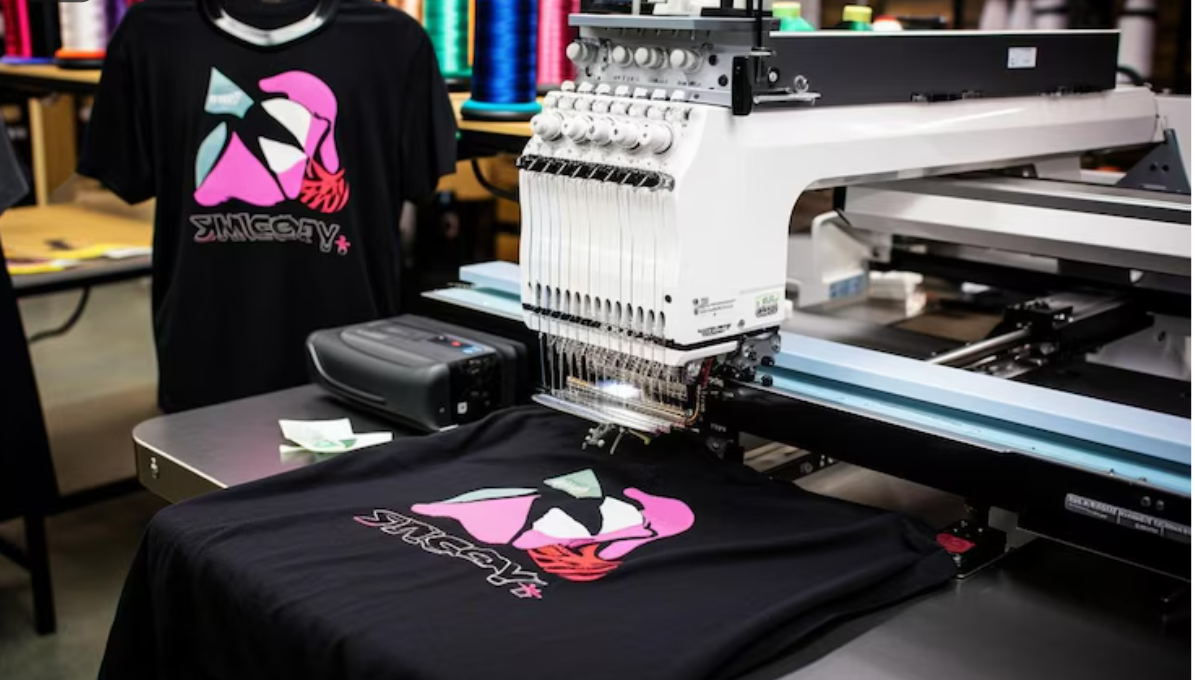

- High-Quality Inks and Films: Invest in good-quality inks and films specifically formulated for DTF printing. These inks offer better color vibrancy and ensure optimal adhesion to the film.
- Design Optimization: Utilize design software to slightly adjust brightness and contrast levels to compensate for any potential minor color shift during printing.
- White Underbase for Dark Fabrics: Consider using a white underbase layer when printing on dark-colored fabrics. This white ink layer creates a brighter foundation for your design colors, making them appear more vivid.
- Minimize Ink Layering: While layering inks can achieve specific effects, excessive layering might slightly mute vibrancy. If possible, explore achieving desired colors with fewer ink passes.
- Calibrated Printer: Ensure your DTF printer is correctly calibrated for accurate color reproduction. This helps maintain consistent color output and prevents dullness.
Is DTF better than screen printing?
Screen printing excels at large quantities and achieving specific textures. It's generally more cost-effective for high-volume runs, but it is limited in fabric options and design complexity.
Ultimately, the "better" choice depends on your project's needs – consider volume, desired outcome, and fabric type.
What do I need for DTF printing?
Can DTF print on cotton fabric?
- Strong Adhesion: The hot melt adhesive used in Direct to Film printing bonds well with cotton fibers, ensuring the design adheres securely and durably.
- Breathable Comfort: Cotton is known for its breathability, and Direct to film printing doesn't significantly hinder this quality. You'll still experience the comfortable feel of cotton with your Direct to film printed design.
- Vibrant Results on a Natural Canvas: Cotton's natural color provides a perfect base for Direct to film printing's vibrant inks, allowing your designs to shine with exceptional clarity and color depth.


Start selling custom products online with Printfuse.
Create a snapstore and sell products instantly!
Does DTF print white?
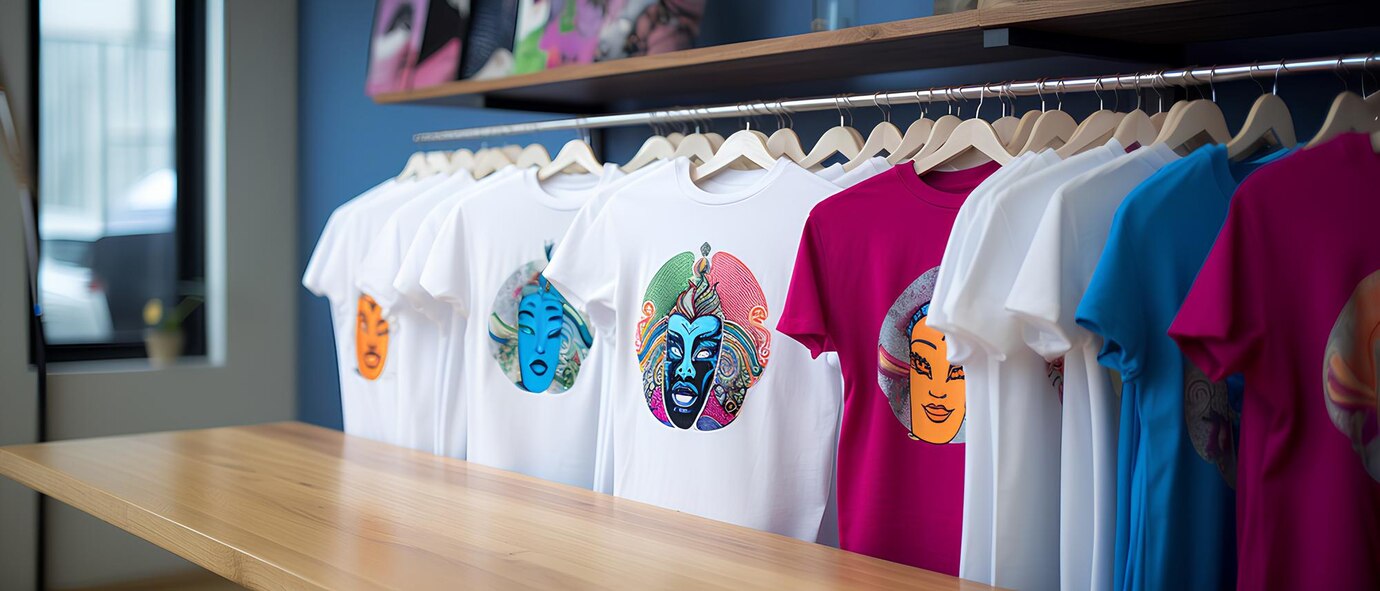

Can DTF print on polyester?
Does DTF print crack?
Flexible Inks: DTF inks are formulated for flexibility, allowing them to move slightly with the fabric without cracking or peeling.
Proper Washing Techniques: Following recommended care instructions, such as washing garments inside-out and avoiding harsh chemicals, helps maintain the integrity of the DTF print and minimize the risk of cracking. However, improper application or very rough handling can potentially lead to cracking.


Start selling custom products online with Printfuse.
Create a snapstore and sell products instantly!
Does DTF last as long as screen printing?
- Washing Practices: Following proper care instructions is crucial for both printing methods.
- Ink Quality: High-quality inks used in both DTF and screen printing generally offer better wash resistance.
- Fabric Type: The fabric itself can also play a role. Some fabrics might hold onto prints slightly better than others.
- When done correctly with high-quality materials, both DTF and screen printing can produce durable prints that withstand numerous washes.
- DTF printing's flexible adhesive might offer a slight advantage in terms of resisting cracking, but real-world results can depend on the specific factors mentioned above.
Is DTF printing worth it?
| Pros of DTF Printing | Cons of DTF Printing |
|---|---|
| Excellent for Small Batches and Customization: Ideal for creating personalized items, limited edition runs, or testing new designs. | Set-Up Costs: Can be higher compared to screen printing for large volumes. |
| High-Quality Results: Vibrant colors, crisp details, and a smooth, flexible finish. | Not Ideal for Extremely Large Print Runs: Screen printing might be more cost-effective in such cases. |
| Versatile Fabric Printing: Works on various fabrics like cotton, polyester, blends, and some synthetics. | |
| Faster Turnaround Times: No need to create screens (like in screen printing) for each color, leading to quicker production. | |
| In essence: DTF printing is worth it if you prioritize customization, small batches, high-quality results, and fast turnaround times. | |
Is DTF the same as screen printing?
Screen Printing: Uses a mesh screen for each color in the design, which is then pressed onto the fabric with ink. More suitable for large quantities and achieving specific textures.
DTF vs DTG: Which is expensive?
DTG: DTG printers can be quite expensive, with setup costs ranging from ₹12 lakhs to a whopping ₹20 lakhs.
Here's the takeaway: DTF offers a clear advantage in terms of upfront costs, making it an attractive option for starting a POD business without a massive initial investment.


Start selling custom products online with Printfuse.
Create a snapstore and sell products instantly!
Is screen print or DTF better?
Choose DTF for: Small batches, intricate designs, high-quality results on various fabrics, faster turnaround times.
Choose Screen Printing for: Large quantities, cost-effectiveness for high volumes, achieving specific textures or effects.
What is DTF t shirt printing?
Is DTF printing long lasting?
Is DTF printing better than sublimation?
Sublimation: Large quantities, photorealistic look on light fabrics (Best for polyester!)
The right method only depends on your requirements.


Start selling custom products online with Printfuse.
Create a snapstore and sell products instantly!
Is DTF better than DTG?
DTG: High-volume cotton printing (Best for large orders on cotton tees!)
Which printing is best for T shirt?
How many shirts are you printing?
How complex is the design?
What fabric are you using?
What's your budget?
DTF is a great all-rounder for small batches and diverse fabrics. Sublimation shines for large polyester orders and photorealism. DTG excels in high-volume cotton printing.
Which is better dtg or DTF printing?
-
DTF Printing: Uses a film intermediary for design transfer, works on various fabrics (including cotton and some synthetics).
-
DTG Printing: Prints directly onto the fabric with ink, typically limited to cotton-based garments.
Consider DTG if: You only need printing on cotton fabrics and have a larger print volume (potentially more cost-effective).
How to wash a DTF t-shirt?
Turn it inside out: This protects the design from friction during the wash cycle.
Choose cold water: Hot water can cause shrinkage and fading.
Opt for a gentle cycle: Avoid harsh settings that could damage the print.
Skip the fabric softener: It might weaken the adhesive bond of the print.
Go easy on the detergent: A mild detergent is sufficient.
Air dry whenever possible: High heat from dryers can be harsh on DTF prints. If you must use a dryer, tumble dry on low heat.
How durable is DTF printing?
How much is a DTF printer?


Start selling custom products online with Printfuse.
Create a snapstore and sell products instantly!
Frequently Asked Questions
-
What does DTF mean in printing?
DTF stands for Direct to Film. It's a technique where your design gets printed onto a special film first, and then that film is used to transfer the design onto fabric.
-
What does DTF stand for in printing?
DTF stands for Direct to Film in printing.
-
How DTF printer works?
DTF printers create designs on special film. They use pigmented inks for vibrant colors, often mirroring the image for proper transfer. After printing, hot melt adhesive powder is applied (sometimes by the DTF printer itself) as glue during the transfer process. Some DTF printers may also cure the design with heat to set the adhesive on the film.
-
What is the difference between DTF and screen print transfers?
Here's the key difference between DTF and screen print transfers:
DTF: Prints on film first, then transfers design with heat & adhesive powder. Great for small batches & intricate designs.
Screen Print: This method uses screens for each color, pressed onto fabric with ink. It is ideal for large quantities and specific textures.
Read More


Start selling custom products online with Printfuse.
Create a snapstore and sell products instantly!


